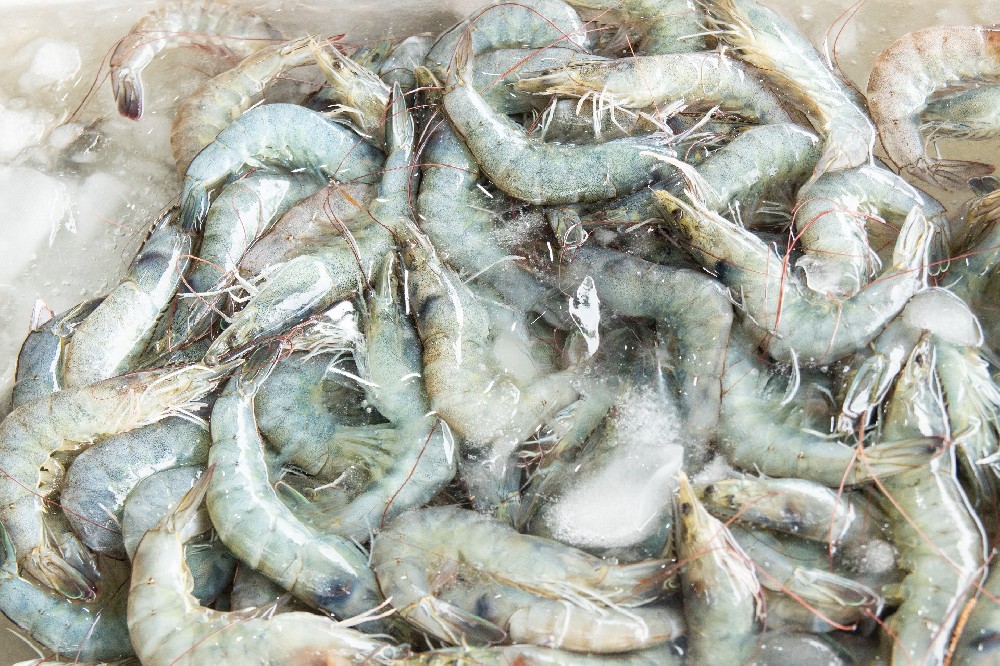Changes in the global shrimp industry pattern under the US forced labor accusation

Recently, a major announcement by the U.S. Department of Labor (DOL) has attracted wide attention worldwide, adding South American white shrimp raised in India, Bangladesh, Myanmar and Cambodia to the list of commodities suspected of forced labor production in 2024. The move signals U.S. concerns about forced labor-related issues in shrimp supply chains in these countries and could lead to corresponding import restrictions.
As the largest supplier of shrimp products to the United States, export figures for the Indian shrimp industry have been impressive. However, this decision by the US Department of Labor undoubtedly casts a shadow over the future of Indian shrimp products in the US market. Data show that in the first seven months of 2024, India exported shrimp products worth up to US $1.2 billion to the United States, accounting for 38% of the US market share. In the face of possible import restrictions, the Indian shrimp industry must act quickly to enhance supply chain transparency, demonstrate that its products are free of forced labor, and actively seek dialogue with the US to mitigate negative impacts.
Bangladesh ranks low among importers of shrimp products from the United States, but its exports have also been affected by the incident. Bangladesh exported about $5.9 million worth of shrimp products to the United States in the first seven months of this year, although the volume is small, but for Bangladesh, which relies on export-led economic growth, any market volatility could have a significant impact.
While the United States imposes restrictions on shrimp products from certain countries, it also provides rare market opportunities for shrimp products from other countries. Ecuador and Vietnam, as important producers of South American white shrimp, enjoy a high reputation internationally for product quality and supply chain transparency. With the reshuffle of the US market, the two countries are expected to further expand their market share in the US and enhance their international competitiveness.
As one of the largest shrimp consumer markets in the world, China's market dynamics are also worthy of attention. Since Ecuadorian white shrimp dominates the Chinese market, its price movements will directly affect the overall price level of the Chinese market. Therefore, restrictions imposed by the United States on shrimp products from specific countries may be transmitted to the Chinese market through the trade chain, resulting in an increase in the price of Ecuadorian white shrimp, which in turn affects the purchasing power of Chinese consumers and the balance of supply and demand in the market.
-

Ecuadorian Shrimp-It's Not Easy To Love You
2024-07-04 -
The AI Lecture of Zhanjiang Chamber of Commerce was successfully held in Quanlian Centralized Procurement, helping the enterprise to upgrade its digital intelligence
2025-04-18 -
Tilapia Tariff Raised to 45%, U.S. Market Waiting for Change
2025-04-02 -
Into the Northwest Frozen Food Hub| All-Union Centralized Procurement Visits Lanzhou Jiaojiawan Frozen Market
2025-03-07 -
China's Ministry of Commerce's latest response to the US imposition of a 10% tariff on Chinese exports to the United States
2025-03-04 -
Ecuador shrimp industry new era, 2024 top ten shrimp enterprises list announced
2025-02-26













